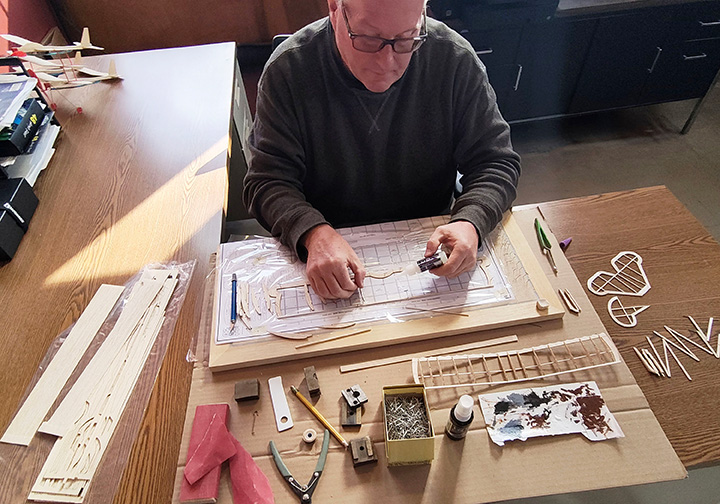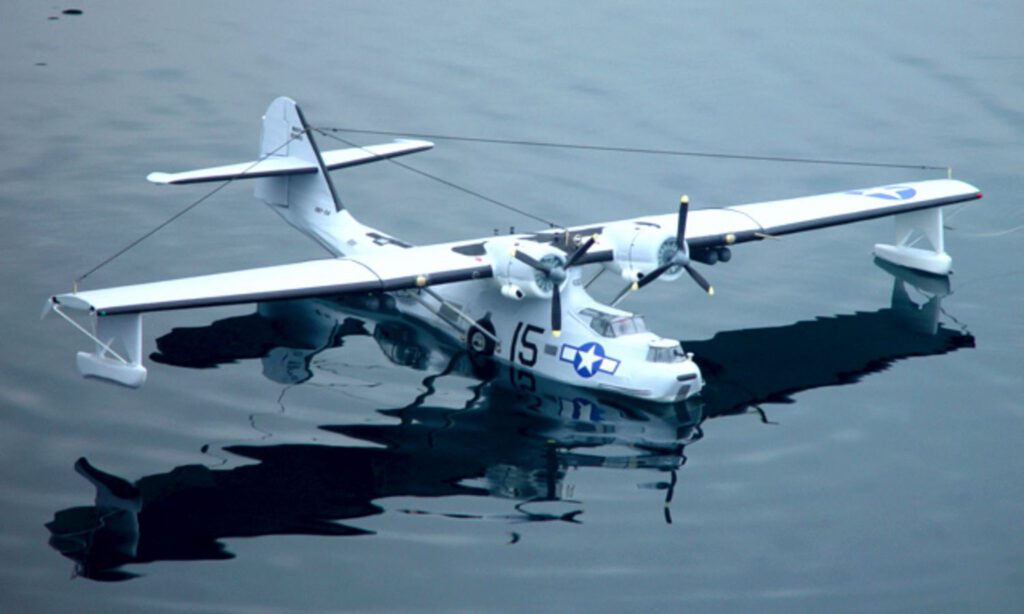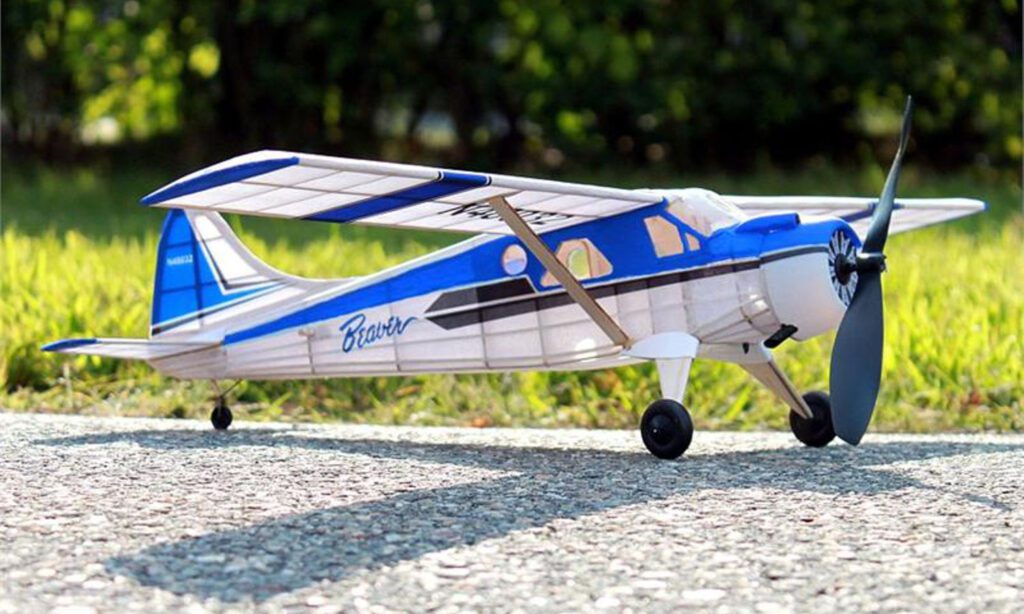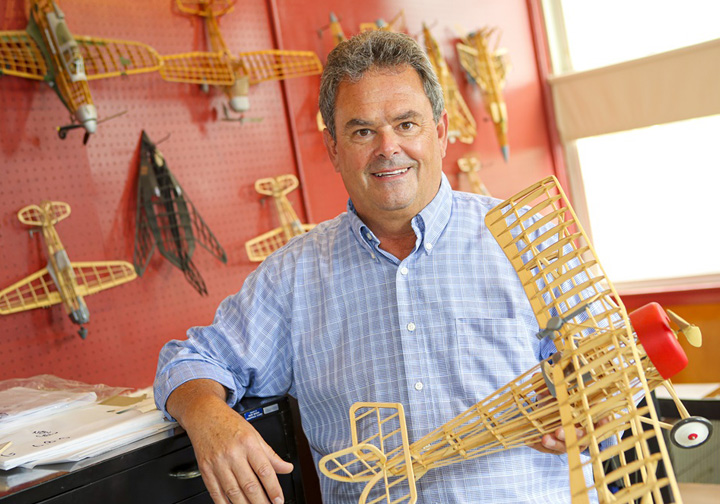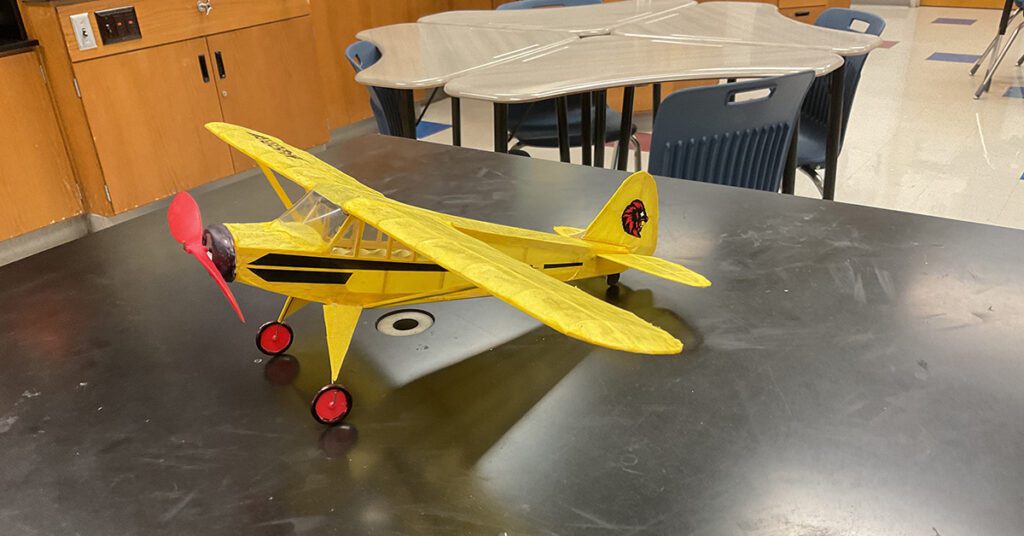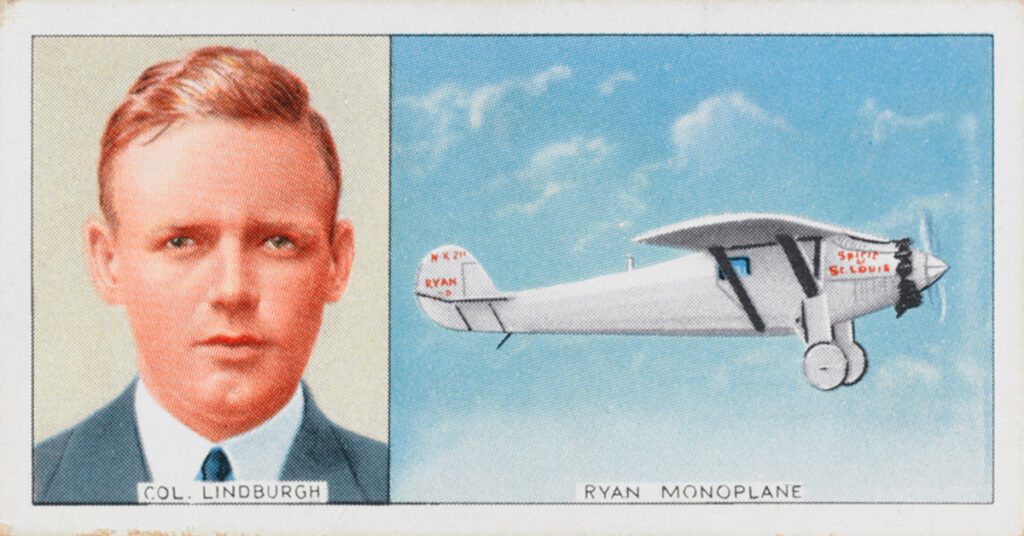For nearly a century, Guillow’s has inspired generations of builders, dreamers, and aviation enthusiasts with its classic balsa model airplane kits. But behind the timeless appeal of these handcrafted models are the designers who bring them to life, merging art, engineering, and imagination.
One of those creative minds is Mark Tennant, Director of Design and IT at Guillow’s, whose career took flight through equal parts curiosity, creativity, and a bit of serendipity.
From Skiing Slopes to Designing Model Kits
Mark’s path to Guillow’s wasn’t a straight one. “My background wasn’t aviation,” he explains. “I went to school at Penn State and first pursued electronics, then computers, but after a year or so, I realized I preferred the creative side.” Switching to graphic design proved to be the turning point. “I liked the graphics part of computers as opposed to the programming. It just suited me better.”
After college, Mark took some time off to enjoy the winter slopes of the Northeast. Fate stepped in when his sister, attending a dinner party, overheard Guillow’s President, Tom Barker, mention he was looking for an assistant. “She spoke up and said, ‘My brother loves toys and drawing and just graduated!’” Mark laughs. “Next thing I knew, I met with Tom, got offered the job, and the rest is history.”
Learning the “Guillow Way”
Although Mark didn’t come from an aviation background, his lifelong fascination with toys, rockets, and model planes made Guillow’s a natural fit. “I was always interested in planes, rockets and other vehicles growing up,” he says. “I built a few balsa planes — most likely Guillow’s — but spent a lot of time with cars that had engines, U-control Testors planes, and Estes rockets.”
At Guillow’s, Mark quickly realized that designing model airplanes combines art and technical skill. “I knew design from my background in graphics and technical drawing, but I learned aviation principles from the designers here. Guillow’s has a certain ‘way’ of doing things, a signature building style that you only learn on the job.”
Over the years, Mark has honed that craft, studying aircraft, learning to fly RC planes, and expanding his skills to blend tradition with innovation.
Designing Flight from the Ground Up
When creating a new model, the process begins long before any balsa is cut. “We keep a list of aircraft that modelers have requested and planes we’d like to produce,” Mark says. “Once we decide on a model, we gather all the reference materials … manufacturer drawings, photos, and cross-sections. Then we scale everything down and start designing the model on the computer.”
Each step requires precision, testing, and refinement. “As we draw and design, we build prototypes and write instructions. It’s a long process for a small company,” he explains. “After the design is finalized, we create decals, box art, laser-cut part files, and full plans for production.”
Scaling down a real aircraft to a buildable model comes with its challenges. “Planes like a P-40 WWII fighter or Cessna are already designed to be light and efficient, so when you shrink them, parts can become very small and fragile,” he notes. “We have to find a balance between historical accuracy, ease of building, and cost.”
Bringing Precision to Tradition
Guillow’s hallmark construction style — a center keel with formers and stringers — remains at the heart of every kit. “That structure defines the ‘Guillow look,’” Mark says. “It keeps our models both lightweight, easy to construct and true to the original aircraft.”
Modern technology has improved the process. “Computers and laser cutting have changed everything,” he explains. “When I started, everything was drafting with pencil and ink. Now, with CAD software and laser-cut parts, the precision is incredible. Laser cutting not only enhances the accuracy of the parts, it also makes the model easier and more enjoyable to build.”
This evolution is something Mark takes personal pride in. “As both a designer and a builder, I know how much better it feels to work with laser-cut parts. The feedback from modelers has been overwhelmingly positive.”
A Designer’s Favorites and Inspirations
When asked which model holds a special place in his heart, Mark doesn’t hesitate. “Probably the #2004 PBY-5A Catalina,” he says. “It was the first kit I worked on, and I’ve always loved that plane. It’s uniquely designed to take off and land on water.”
Another favorite is the #305 DHC-2 Beaver. “I had the chance to fly in one up at Moosehead Lake in Maine years ago. It’s just a fantastic aircraft.”
The Joy of Building, Generation to Generation
Mark’s favorite part of his job isn’t just the design process — it’s knowing that what he creates sparks imagination worldwide. “I like being someone who makes a product that’s sold globally and brings a smile to both kids and adults,” he says. “I love hearing from builders who are passing on the hobby to their kids. Children need to use their hands, to build something, and to step away from screens once in a while.” He often receives messages from modelers sharing photos or stories of family builds. “That family aspect is what makes this job so rewarding,” he says. “When a father or grandfather introduces a child to model building, it connects generations.”
I love hearing from builders who are passing on the hobby to their kids. Children need to use their hands, to build something, and to step away from screens once in a while.
Looking Ahead: Honoring the Past, Building the Future
As Guillow’s celebrates its 100th anniversary, Mark reflects proudly. “It’s a huge accomplishment, not just to reach 100 years, but to still be producing products in the USA,” he says. “It’s rare, and it’s special.”
Even as the hobby evolves, Guillow’s stays rooted in craftsmanship. “3D printing is great for prototyping parts like cowls or canopies, but our focus will always be on balsa kits, and that’s what we do best,” Mark explains. “The tools have changed, but the joy of building hasn’t.”
For Mark Tennant, designing at Guillow’s isn’t just a job; it’s a craft, a connection, and a legacy. “In one word, I hope people feel enjoyment when they build our kits,” he says. “That sense of pride when something you built takes flight, that never gets old.”
About This Story
This interview was conducted by the Guillow’s Marketing Team as part of our ongoing celebration of 100 years of aviation inspiration. To explore Guillow’s full collection of balsa wood model airplane kits — from beginner gliders to detailed scale replicas — visit www.guillow.com.

